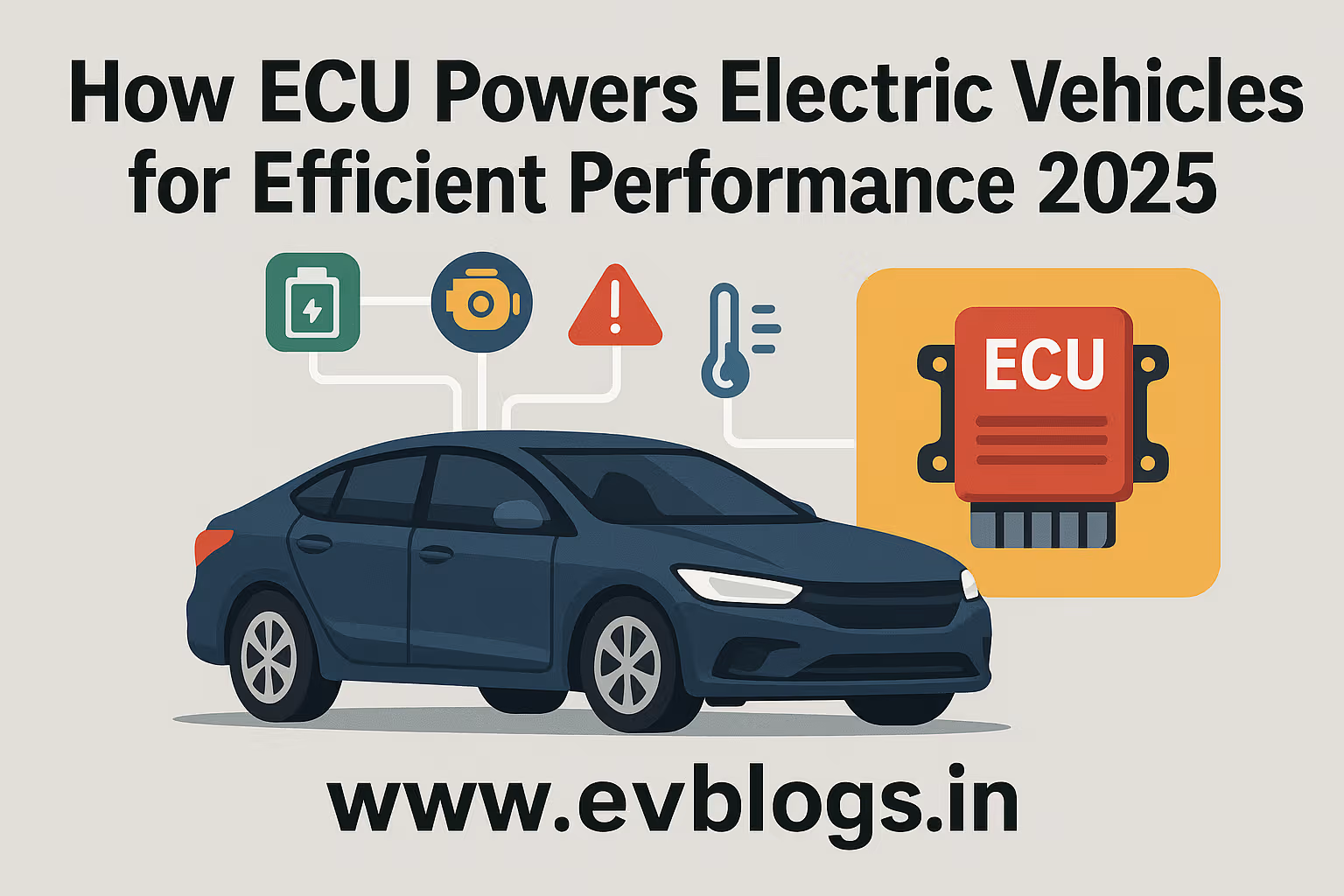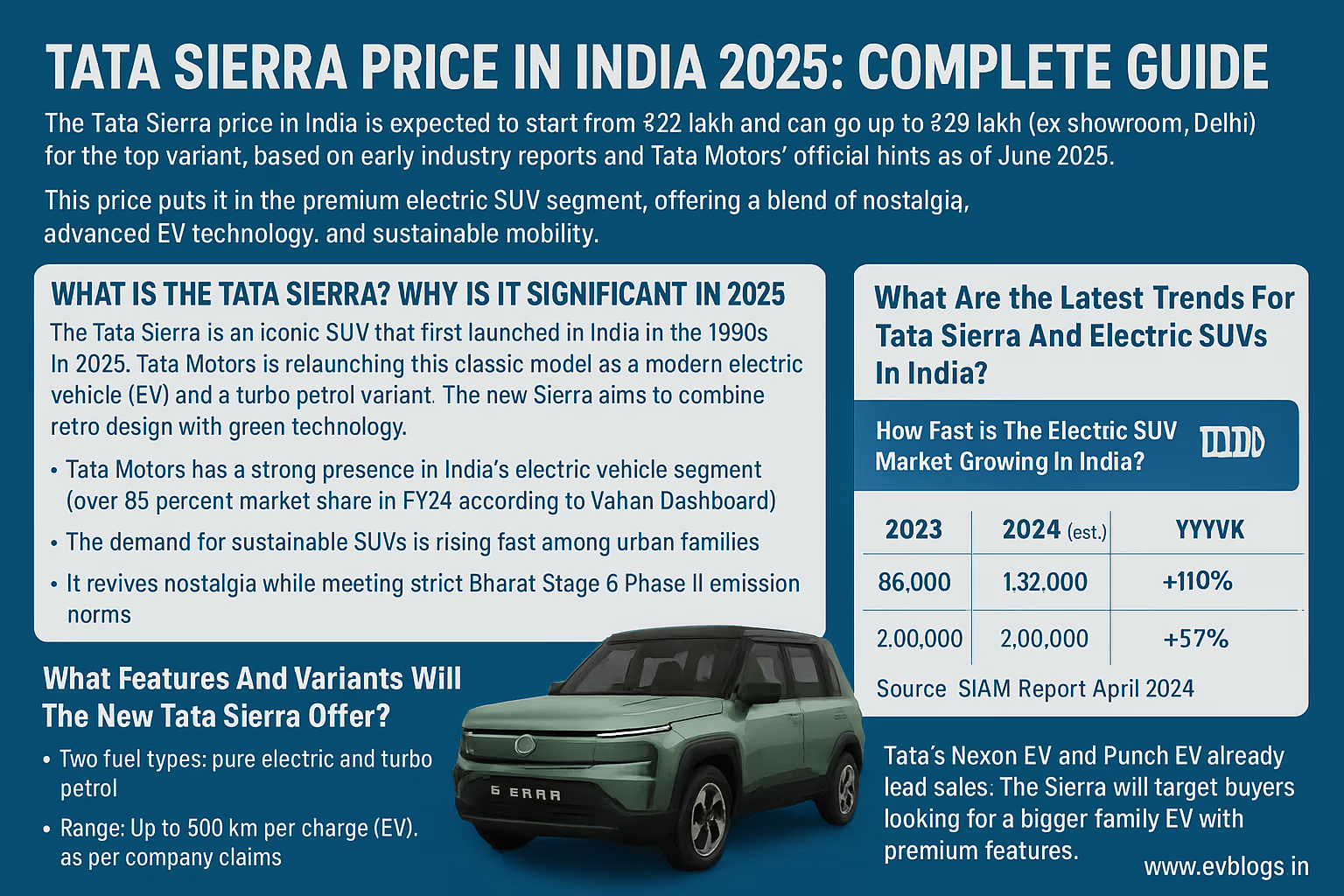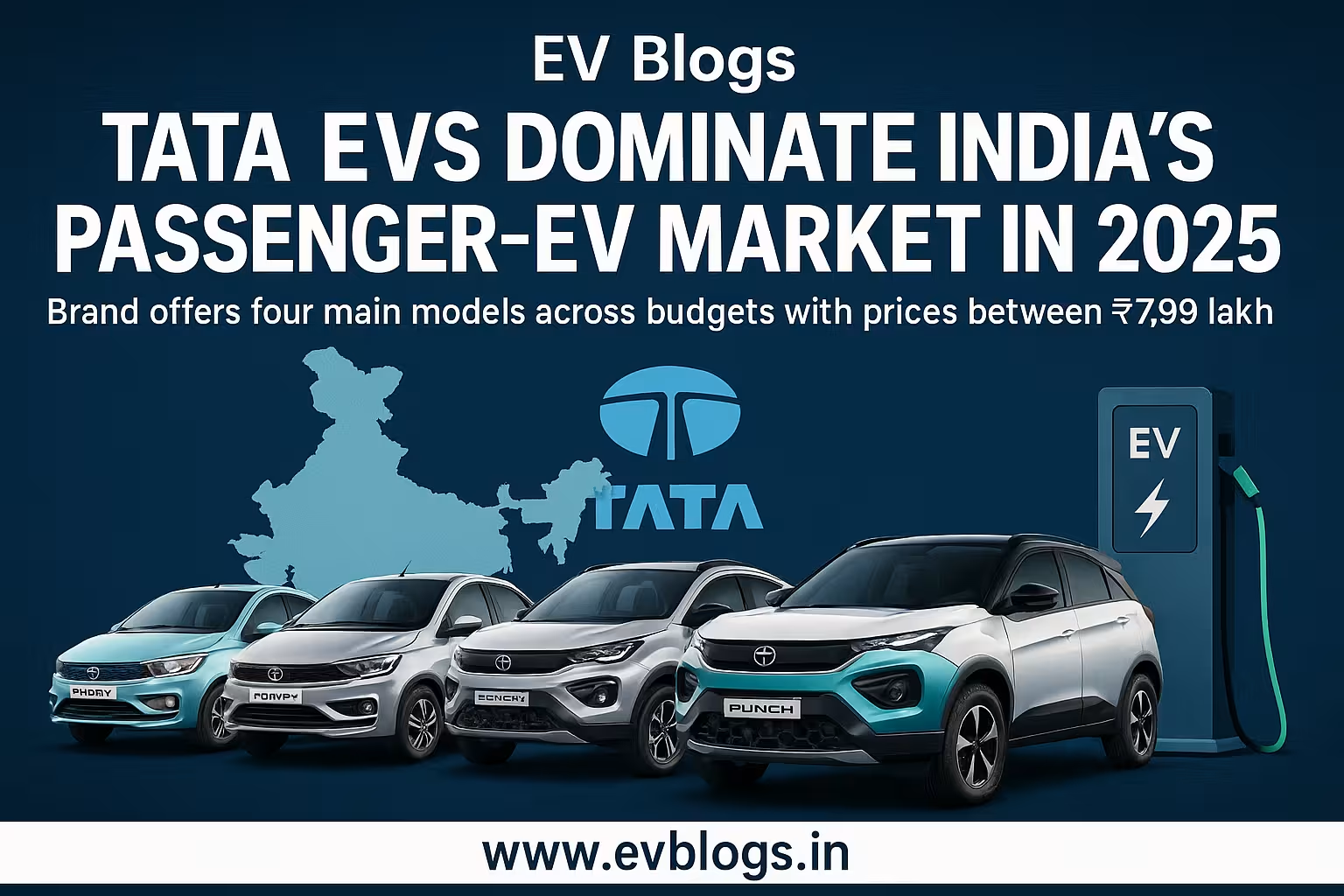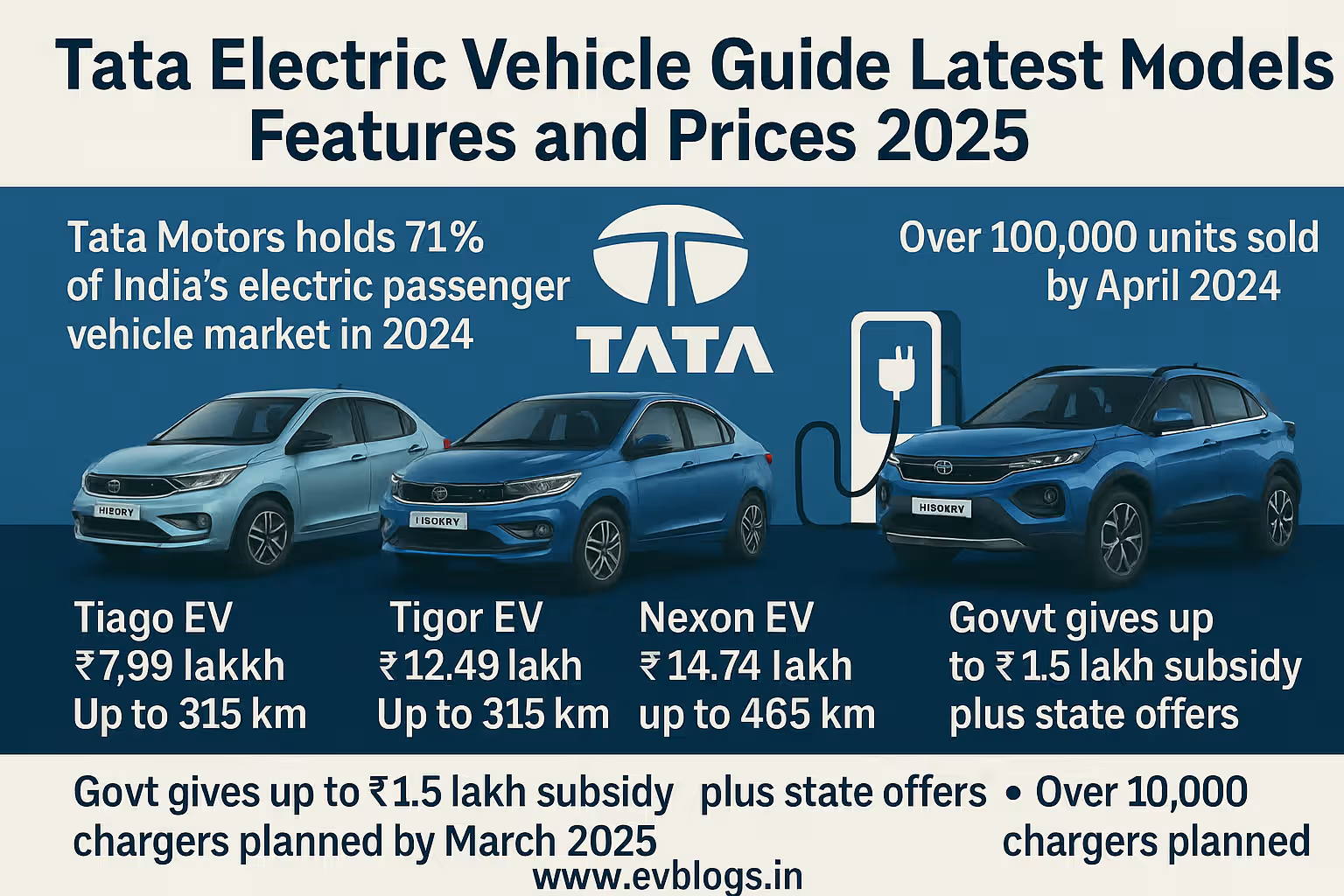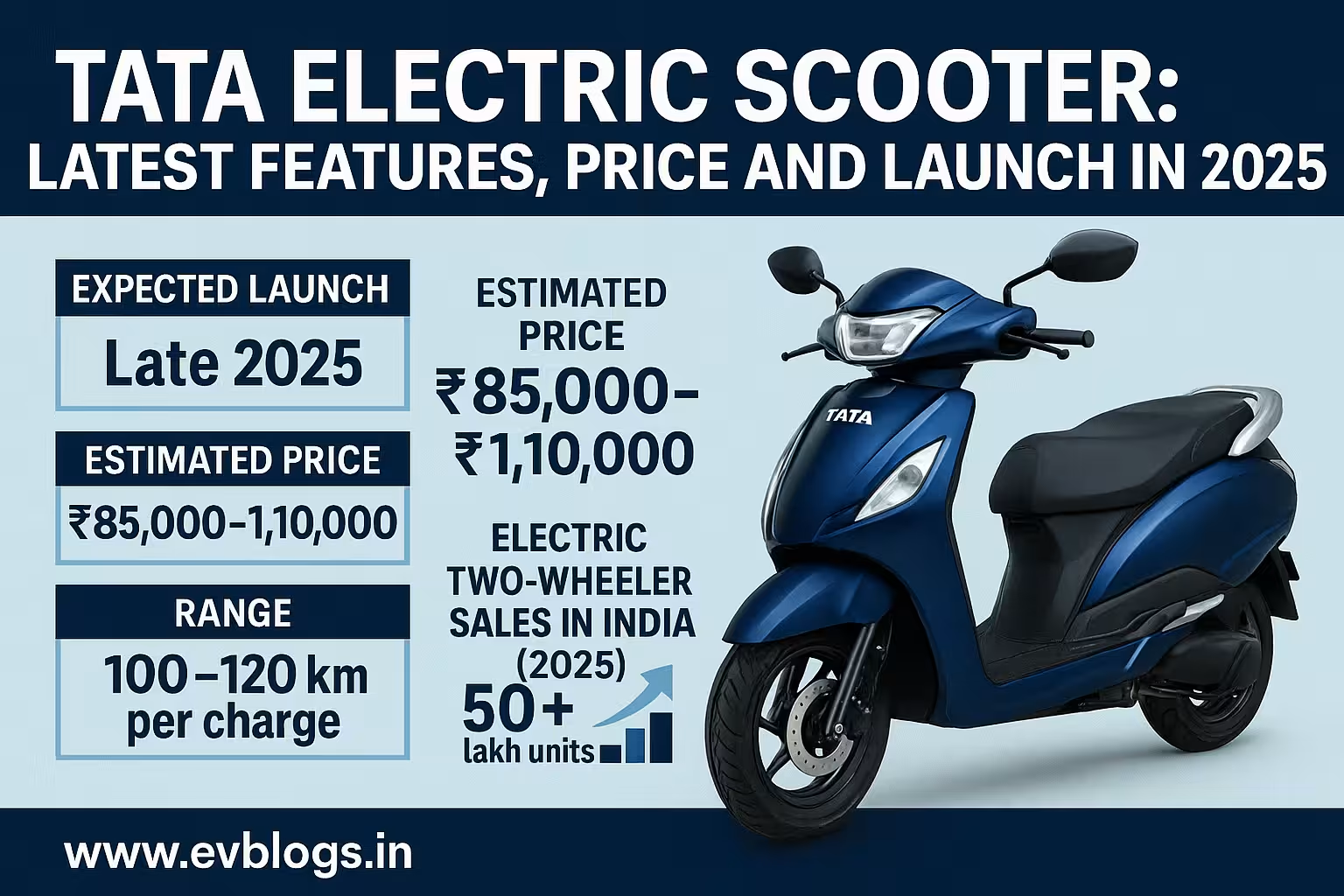Hedhvick Hirav
Hedhvick Hirav is a dedicated EV researcher and editor with over 4 years of experience in India’s growing electric vehicle ecosystem. Their contributions have been recognized in leading sustainability publications and automotive journals.
Summarize & analyze this article with
Choose an AI assistant and open this article directly:
Tip: if the AI doesn’t fetch the page automatically, paste the article URL manually.
Introduction: The dawn of electric SUVs in India and worldwide
The automotive industry as the world knows has shifted significantly with the advent of the electric vehicle (EV) boom, and India is not an exception. With pollution in major cities and fuel prices skyrocketing, more Indian families and professionals are considering EVs as their next upgrade. Volvo is one of the luxury brands with the EX40 and EC40 being two of the most highly anticipated electric SUVs in 2025. They do not only offer the latest Scandinavian design but also high-tech safety, technology, and sustainability, which are becoming more and more significant to contemporary consumers.
However, both models have similar DNA and price ranges, so the question that potential customers frequently ask is: Which Volvo electric SUV should you choose in 2025, the EX40 or the EC40? The comprehensive comparison is conducted on a basis of factual experience, expert assessment, and official specs of Volvo so that you would make an informed choice.
Volvo EX40 vs. EC40: E side by side.
| Feature | Volvo EX40 (2025) | Volvo EC40 (2025) |
|---|---|---|
| Body Style | Compact SUV | Coupe-SUV (Fastback) |
| Powertrain Power | Single & Dual Motor | Single & Dual Motor |
| Battery Capacity | ~82 kWh | ~82 kWh |
| WLTP est. range | 500-540 km | 495-535 km |
| Power Output | Up to 408 hp | Up to 408 hp |
| 0-100km/h - 0-100km/h Acceleration | ~4.7 sec (dual motor) | ~4.7 sec (dual motor) |
| Boot Space | ~452 litres | ~413 litres |
| Base (Est.) Price | 62 lakh onwards | 64 lakh onwards |
| Status Launch | Bookings Open; Deliveries Q2 | Bookings Open; Deliveries Q2 |
What Happened in 2025? The Lineage.
Refined Nomenclature
In 2024, Volvo rebranded its electric lineup to be more clear. It renamed the XC40 Recharge as the EX40 and the C40 Recharge as EC40. This is in line with the Volvo promise of an all-electric lineup by 2030.
Upgrade to Platform and Technology
Both the EX40 and EC40 are based on the Volvo Compact Modular Architecture (CMA), which is optimised to be electrified. In 2025, they get software updates, better battery chemistry to increase range, quicker charging, and new infotainment based on Google Android Automotive OS.
Design & Practicality: SUV vs Coupe-SUV
Exterior Appeal
Volvo EX40:
- Old school upright SUV posture
- Boxier shape increases road presence
- Ingress/egress easier due to higher roofline
Volvo EC40:
- Smoother coupe-like roofline
- More sporty design with aggressive rear design
- A little lower position improves aerodynamics
Life Example Use Case:
You will find the EX40 more convenient to use when you need SUV looks or frequently need to carry tall or heavy cargo/passengers. When style and individuality are paramount, and you prefer a younger image, then the EC40 coupe-SUV is your car.
Internal Room and Contentment
The two models offer:
- Vegan upholstery of high quality
- Five-adult cabins are spacious
- Standard panoramic sunroof
- High-tech climate control and air purifier
Boot Space:
The coupe roofline implies that the EC40 has a bit less boot space than the EX40. But both are compensated by underfloor storage and a front trunk (“frunk”).
Driving and dynamics performance
Batteries and Engine choices
In India in 2025, both models are available mainly with:
- Single Motor Rear-Wheel Drive: City driving; approx. 248 hp.
- Dual Motor All-Wheel Drive: Performance-oriented; up to 408 hp.
Battery:
Competitive range is provided by a usable capacity of approximately 82 kWh.
Range & Efficiency
Under actual driving conditions, range is contingent upon:
- EX40 Single Motor: ~535 km WLTP
- EX40 Dual Motor: ~500 km WLTP
- EC40 Single Motor: ~530 km WLTP
- EC40 Dual Motor: ~495 km WLTP
Regenerative braking provides improved range in city driving.
Charging Experience
Both cars are compatible with:
- DC fast charging up to 200 kW
- Charges 10 to 80 percent in approximately 28 minutes
- Home charging through wall box (~11 kW)
- Instant charging (~8 hours)
Expert Tip:
Regular highway drivers may want to look at dual motor versions to get more performance and all-weather traction, at the cost of a slightly shorter range.
Technology & Infotainment: Simple Scandinavian and Smart Google
Connectivity & User Interface
Both SUVs have:
- Newest infotainment with Android Automotive OS
- Smooth Google Maps navigation
- Voice control by Google Assistant
- Software updates via airwaves
- Wireless Apple CarPlay/Android Auto
- Bose premium audio system (select trims)
Digital Cockpit Experience
An all-digital instrument cluster shows battery level, navigation, safety warnings, and user-configurable widgets.
Practical Advice:
The user-friendly interface will be welcomed by owners who are switching to petrol/diesel cars, as there is no learning curve even to tech-illiterate users.
The safety: Volvo tradition.
Safety is uncompromising at Volvo:
Similarities of the Two Models in Safety:
- Several airbags such as curtain airbags
- High-level ADAS package: Adaptive Cruise Control, Lane Keeping Aid, Blind Spot Information System (BLIS)
- Pedestrian/cyclist detection collision avoidance
- Pilot Assist semi-autonomous driving (on certain variants)
- Rear cross traffic alert auto brake
- Front and rear ISOFIX child seat mounts
- Safety cage construction of high strength
- eSIM-based Emergency SOS services
Real-world Insight:
Both models received the highest scores in Euro NCAP; Indian versions have the same level of protection as verified by independent crash testing agencies where they exist.
Ownership Costs & Warranty: EV Peace of Mind
Warranty Coverage
- Vehicle warranty: 3 years/unlimited km
- High-voltage battery warranty: 8 years/160,000 km
- Road Side Assistance: Warranty covered
Maintenance
Electric powertrains do not need as much servicing as combustion engines:
- No oil changes or exhaust to change
- The Regenerative braking system minimizes wear on brake; the annual service is sufficient compared to most desired owners; costs are lower when compared to other luxury EV segments.
Cost Tip:
Although initial prices are high, low running costs mean that total cost of ownership is favourable over five years compared to similarly priced petrol luxury SUVs.
Environmental Impact & Sustainability Credentials
Volvo is not only committed to zero tailpipe emissions:
- Recycled/recyclable materials are widely used in interiors.
- Seat fabrics are made of recycled PET bottles.
- No animal leather is used- vegan friendly.
- Natural wool blends on some trims.
- Renewable energy sources are used in manufacturing plants where feasible.
- The manufacture of batteries reduces rare earth metals through supply chain transparency programs.
Use-Cases: Which Model Suits Your Life-Style?
Select Volvo EX40 when:
- You like traditional SUV design.
- Want as much boot space as possible to take the family out or to the airport.
- Be practical, not athletic.
- They usually carry old individuals who require convenient accessibility.
Select Volvo EC40 when:
- You like sporty design or want an attention getter car.
- Seldom require the most luggage space.
- Enjoy special styling features- unlike traditional SUVs.
- Desire an EV that will be noticed in office parking lots or city streets.
India (2025) Buying Process & Eligibility
Eligibility: These models can be booked/purchased by anyone above the age of 18 years with a valid driver licence at authorised Volvo dealerships or online portals.
Booking Process:
- Go to official Volvo site or dealer.
- Choose model/variant/colour preferences.
- Book payment online/offline as per the amount (~1 lakh).
- Allocation has been confirmed by dealer; delivery time stated (usually Q2/Q3 depending upon backlog).
Financing Options:
- EVs at attractive rates on bank/NBFC car loans.
- Leasing/subscription in metro cities.
Government Incentives:
- The FAME II scheme is only applicable up to 15 lakh ex-showroom price limit- these premium Volvos are not directly eligible under the current scheme.
- Road tax rebates/exemptions may be available at state level; refer to local RTO guidelines.
Backup of charging infrastructure:
- Major cities purchase home chargers and have them installed free, with certified partners.
- Public charging partner network growing fast in metros/highways.
What Auto Journalists Say in 2025
As per top reviewers:
- The EX40 offers traditional Volvo comfort and future-proof technology, which is the perfect upgrade in case you are upgrading an XC60/XC90.
- EC40 is admittedly more fashionable- it is very attractive to millennials and urban professionals who want to have sustainable luxury without being lost in the traffic.
- Both have tremendous real-world range in hot Indian summers, which is evidence of their advanced battery thermal management.
- Indian auto journalists commend build quality (“feels like it will last decades”) and after-sales experience but observe that rear seat headroom is slightly superior in the EX40 because of its boxy roofline.
Pros and Cons Table
| Aspect | Volvo EX40 | Volvo EC40 |
|---|---|---|
| Design | Traditional SUV | Sporty coupe-SUV |
| Practicality: | More boot/headroom | Less boot/headroom |
| Range | A little higher | A little lower |
| Price | Slightly lower | Slightly higher |
| Style Factor | Cutsie refinement | Strong effectiveness |
Frequently Asked Questions (FAQ)
Q1: Do both models qualify to receive government subsidies?
Not; the FAME II subsidies are capped to cars with a value of below 15 lakh ex-showroom price. These Volvos are high-end products beyond that limit but can be exempted of road tax at the state level.
Q2: Does EX40 and EC40 differ in performance?
When fitted with comparable powertrains, performance specs are the same, with the exception of body style/aerodynamics having a minor impact on range.
Q3: How long does it take to get charged when it is empty at home?
Volvo includes an 11 kW AC wallbox charger, which means that it should take approximately eight hours to fully charge the battery when it is empty, making it a perfect overnight charging solution to most urban users.
Q4: Who feels more comfortable in rear seat?
EX40 has a bit more rear headroom because of its upright roofline; legroom is similar in both models.
Q5: Is it possible to install a charging point in a block of flats?
Yes; with society approval, Volvo can coordinate installation with certified partners as long as there is dedicated parking/access to electrical supply.
Actionable Takeaway 2 & Final Verdict
In summary:
- The Volvo EX40 is the right choice when you want the most practicality with a classic design, and it is most appropriate when you need a real SUV with no compromises, especially when you have a family.
- Choose the Volvo EC40 when you want to be noticed more than you want to be useful- you will be the center of attention wherever you are and you will have the same tech/features as its brother.
Both are, in any case, among the most secure, intelligent ways into electric mobility nowadays, with good warranties and Swedish engineering of the highest caliber, adapted now more than ever to Indian roads and lifestyles.
When you are ready to future-proof your commute and make a sustainable statement, book a test drive at your local authorized dealer soon, the future is in the hands of those who drive it first!
Sources
- Official Volvo Cars India – Model Specifications & Pricing – volvocars.com/in
- Autocar India – “Volvo launches new nomenclature strategy” – June 2024
- NDTV Auto – “Volvo XC/C Recharge renamed as EX/EC” – July 2024
- CarDekho – “Volvo EX/EC Range Review India” – Feb 2025
- Euro NCAP Crash Test Results – euroncap.com
- Government of India FAME II Scheme Guidelines – fame2.heavyindustry.gov.in



